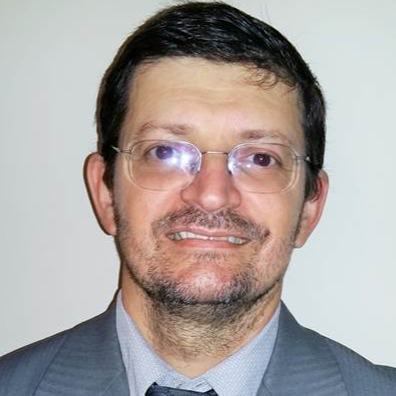Preprint
Article
Analytical Model for Blood Glucose Detection using Electrical Impedance Spectroscopy
Altmetrics
Downloads
416
Views
191
Comments
0
A peer-reviewed article of this preprint also exists.
This version is not peer-reviewed
Submitted:
15 October 2020
Posted:
19 October 2020
You are already at the latest version
Alerts
Abstract
Pathogens and adulterants in human feeding consumables can be readily identified according to their electrical properties. Electrical bioimpedance analysis (BIA) has been widely used for body contents characterization, such as blood, urine, lactate and sweat. If the blood glucose concentration alters the electrical properties of the blood medium, then the impedance spectrum obtained by BIA can be used to measure glycemia. In some applications, artificial neural networks allows the correlation of these parameters (impedance and glucose concentration) by means of symbolic and statistical rules. According to our literature review, there is any physical model that allows the interpretation of the relationship between blood’s electrical properties, obtained by BIA, and the concentration of glucose in the blood plasma. This article proposes a simplified physical model for blood electrical conductivity as a function of glucose concentration, based on Bruggeman’s effective medium theory. The equations of this model were obtained considering an insulating phase distribution diffused in a conductive matrix, in which red blood cells are represented by macroscopic insulating nuclei and glucose molecules by microscopic insulating particles. The impedance spectrum for different glucose concentrations (4.0 to 6.8 mmol/L) in a blood sample, published by Kamat Bagul (2014), were compared with the proposed model. The results showed a significant correlation with the experimental data, showing a maximum error of 5.2%. The proposed model might be useful in the design of noninvasive blood glucose monitoring systems.
Keywords:
Subject: Engineering - Automotive Engineering
Copyright: This open access article is published under a Creative Commons CC BY 4.0 license, which permit the free download, distribution, and reuse, provided that the author and preprint are cited in any reuse.
MDPI Initiatives
Important Links
© 2024 MDPI (Basel, Switzerland) unless otherwise stated






